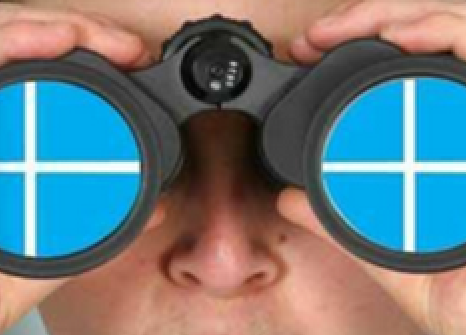Microsoft to make Windows 10 free to Windows 7, 8.1 and Windows Phone 8.1 users

The rumors were right: Microsoft is going to make Windows 10 available for free to users running Windows 7, Windows 8.1 and Windows Phone 8.1 on their devices.

Microsoft Operating System Group chief Terry Myerson announced this piece of its pricing strategy on January 21 as part of its Windows 10 consumer preview event in Redmond, Wash.
Microsoft didn't take the wraps off its entire pricing strategy for Windows 10 during the morning keynote. The first-year upgrade piece was the only component revealed (so far).
Myerson also emphasized Microsoft will be treating Windows as a service, moving forward. What that means is Microsoft will continue to update Windows 10 on all of the device types on which it runs for the life of the devices. Version numbers of Windows won't matter any more, Myerson claimed.
Key to Microsoft's pitch: Getting more users on a common Windows release across all types of devices will give developers a more unified platform for which to build their apps. Microsoft itself is building some new Windows 10 specific applications, too.
More Windows 10
During the morning Windows 10 keynote, Microsoft officials demonstrated new "Universal" applications that Microsoft is building and plans to include as a built-in part of Windows 10 on phones, tablets and PCs. (Universal applications are programs developers can build using a substantial amount of common code and a common Windows runtime across platforms.)
Among the coming Microsoft universal applications in development are new People, Music, Maps, Photos, Calendar and Outlook applications. Microsoft execs also demonstrated the coming touch-first/Windows Store Office suite (Word, Excel and PowerPoint) that also will be a universal application during the keynote. One of my contacts said recently that Microsoft may make a public preview of this new Universal Office suite available in February, which is also the expected availability date of the first Windows 10 mobile preview build.
Microsoft officials also demonstrated "Project Spartan," the new browser that Microsoft is building for Windows 10. During the keynote, officials demonstrated the ability to annotate Web pages in Spartan and share them with others. Cortana, Microsoft's personal digital assistant/search technology, also will be integrated into Spartan, Microsoft officials confirmed.
Update: Here's more from Myerson's January 21 blog post on what users should expect if they go with the free upgrade to Windows 10:
"This is more than a one-time upgrade: once a Windows device is upgraded to Windows 10, we will continue to keep it current for the supported lifetime of the device - at no additional charge. With Windows 10, the experience will evolve and get even better over time. We'll deliver new features when they're ready, not waiting for the next major release."
During a Q&A after the keynote, CEO Satya Nadella told reporters that looking at Windows as a service doesn't imply any changes in Microsoft's business model. Windows as a service is all about how Microsoft services Windows, moving forward, and not about how it plans to charge for it or how it will work with its partners.